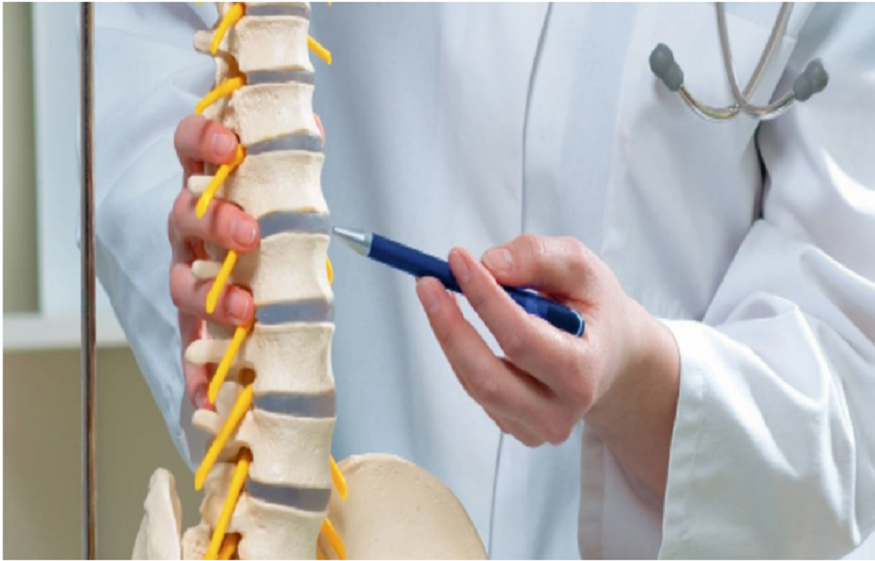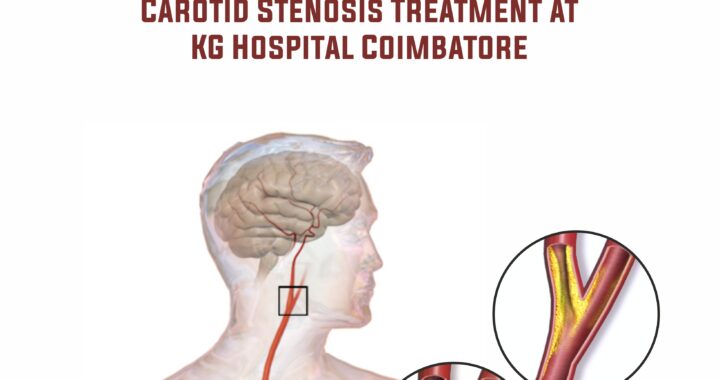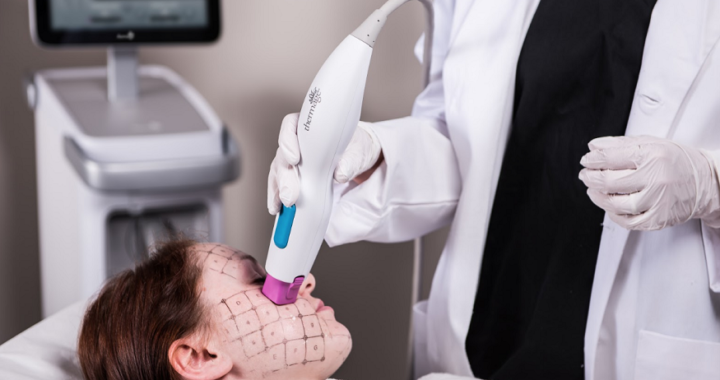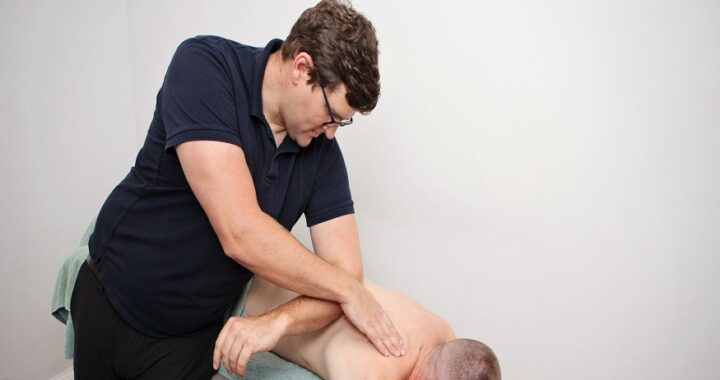Spine Conditions That Respond Well to Minimally Invasive Procedures

Most patients suffering from chronic back pain hope to find relief without surgery. While some conditions in the spine leave no other choice but surgery, there are some conditions where surgery is unnecessary.
For many of the most common sources of back pain, minimally invasive procedures can offer much better results.
Herniated Disc
The spine consists of 24 bones, or vertebrae, stacked on top of one another. Between the bones, soft, jellylike discs provide a cushion, absorbing pressure and keeping the bones from rubbing together. The discs have a tough outer layer, called an annulus, and a nucleus.
In a herniated disc, the annulus has a tear or rupture that allows part of the nucleus to leak out, placing pressure on a surrounding spinal nerve. This can be extremely painful. While herniated discs are most common in the lumbar spine (lower back), they can occur anywhere along the spinal column.
Oftentimes, herniated discs slowly repair on their own through rest and physical therapy. However, when the pain persists despite conventional treatments, minimally invasive procedures offer a non-surgical solution.
One standard minimally invasive procedure for a herniated disc is a percutaneous discectomy. In a percutaneous discectomy, a physician carefully guides a needle into the disc using fluoroscopy — a live X-ray — so that the doctor can carefully insert a probe through the needle.
The probe then removes the part of the herniated disc pressing on the nerve and provides instant pain relief.
Lumbar Spinal Stenosis
The spine’s vertebrae form a tunnel protecting the nerves in the spinal cord. This tunnel is called the spinal canal. Lumbar spinal stenosis is when the spinal canal narrows in the lower back, placing pressure on the nerves and muscles. Symptoms include pain, weakness, and numbness.
Treatments for lumbar spinal stenosis include physical therapy, medicine, and in severe cases, surgery. However, patients with the condition often benefit from minimally invasive steroid injections in the spine that reduce inflammation and relieve pain.
Vertebral Compression Fractures
Most often occurring in the thoracic spine in the middle of the back, a vertebral compression fracture occurs due to compression in the spine. Vertebral compression fractures most often result from osteoporosis, but they can also arise from a tumor or an acute injury, such as a car accident.
Treatments for vertebral compression fractures often include bed rest, physical therapy, and a back brace. However, physicians can treat this fracture with vertebroplasty when these treatments aren’t enough.
In vertebroplasty, doctors use fluoroscopy to guide a needle that inserts a specialized quick-setting cement into the fractured vertebra to support and strengthen it and provide pain relief.
When you’re suffering from a spine condition, it’s essential to know all of your treatment options, whether surgical or minimally invasive, to find proper relief.
This post was written by a medical professional at Stemedix Inc. At Stemedix we provide access to Regenerative Medicine for spinal stenosis, also known as stem cell for spinal stenosis. Regenerative medicine has the natural potential to help improve symptoms sometimes lost from the progression of many conditions.

 Chaker Cheniti on the Future of Hypnosis: A Handelsblatt Feature
Chaker Cheniti on the Future of Hypnosis: A Handelsblatt Feature  Relieving Neck and Shoulder Pain Through Chiropractic Techniques
Relieving Neck and Shoulder Pain Through Chiropractic Techniques  Carotid stenosis
Carotid stenosis  The Aesthetic and Functional Benefits of Compression Gear
The Aesthetic and Functional Benefits of Compression Gear  Why Is Thermage FLX So Expensive in Singapore
Why Is Thermage FLX So Expensive in Singapore  Why is remedial massage more expensive?
Why is remedial massage more expensive?  Top 10 Best Personal Training Options in Dallas
Top 10 Best Personal Training Options in Dallas  Anxiety & Stress Relief Through RTT: Real-Life Successes and Techniques
Anxiety & Stress Relief Through RTT: Real-Life Successes and Techniques  Boxing Gold Coast: What You Need To Know Before Stepping Into The Ring
Boxing Gold Coast: What You Need To Know Before Stepping Into The Ring